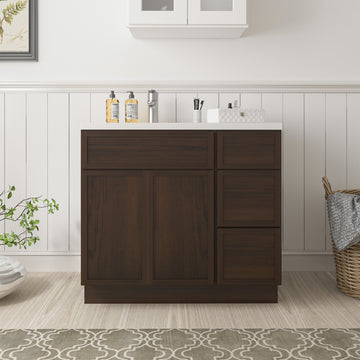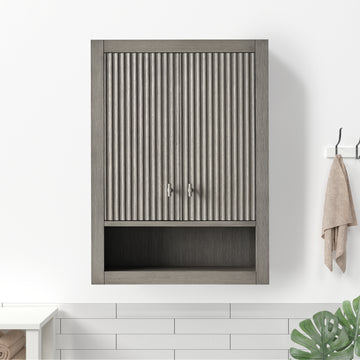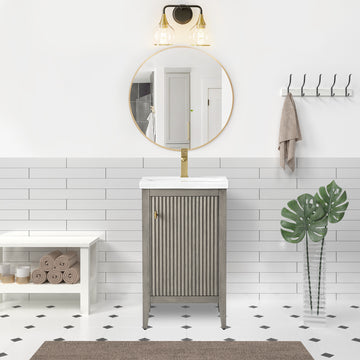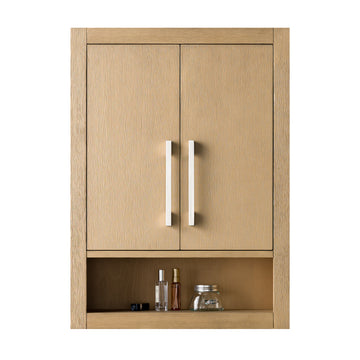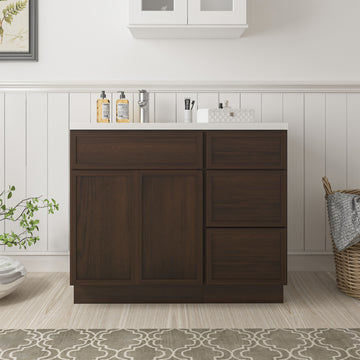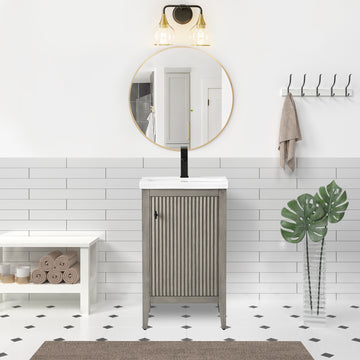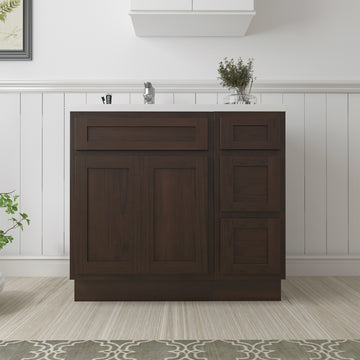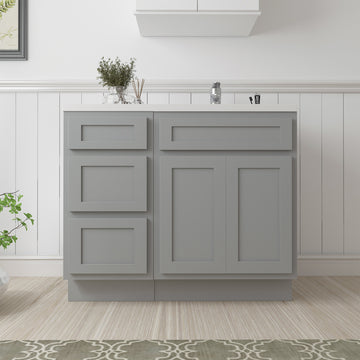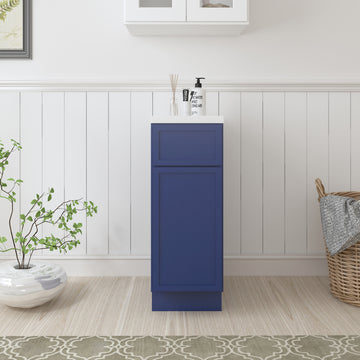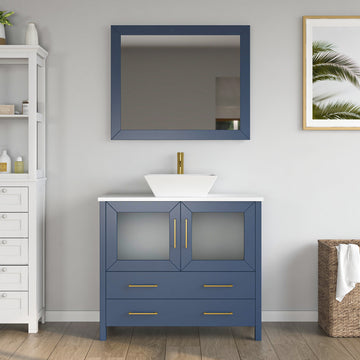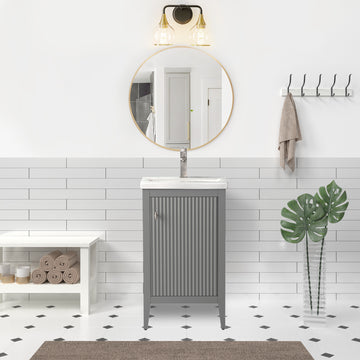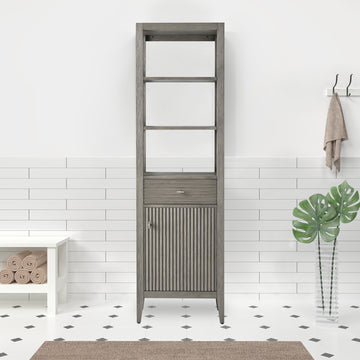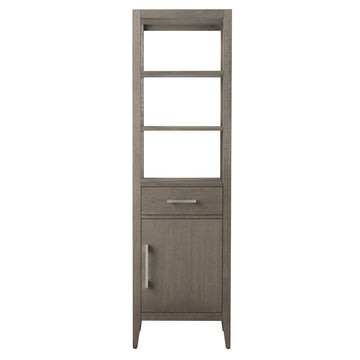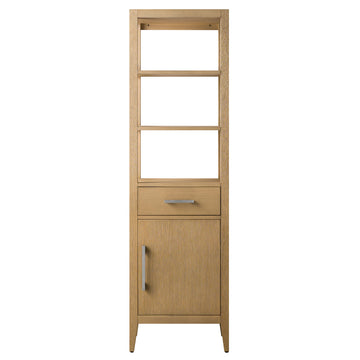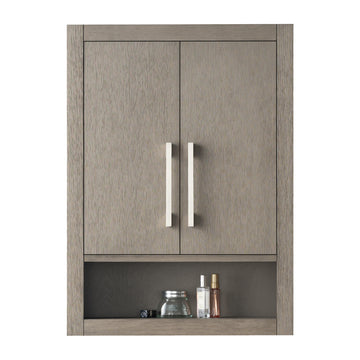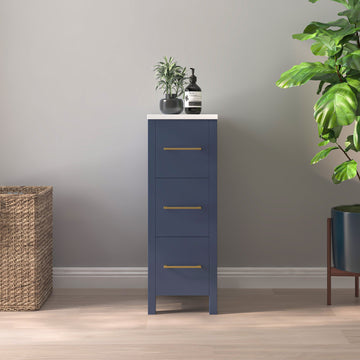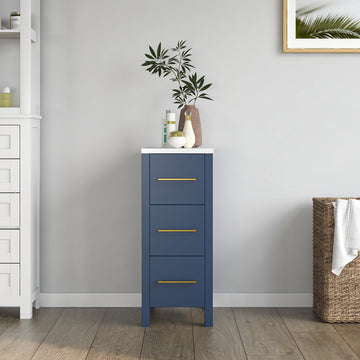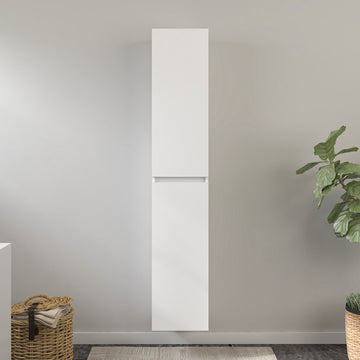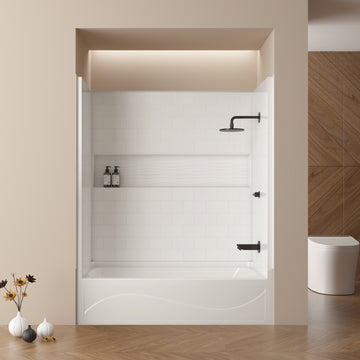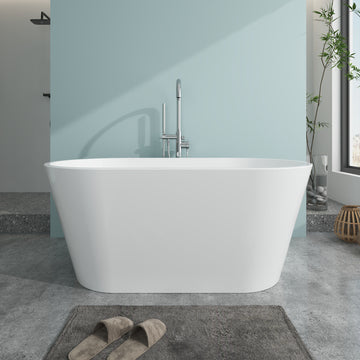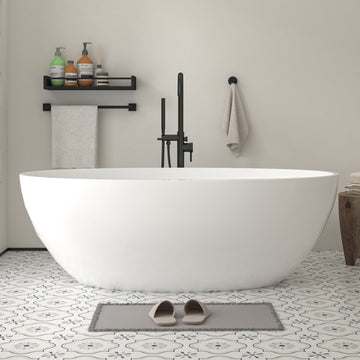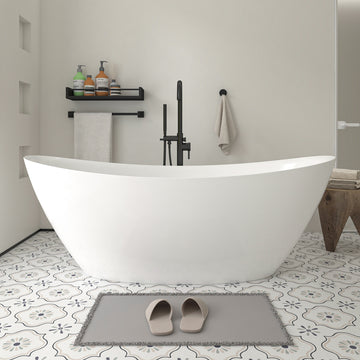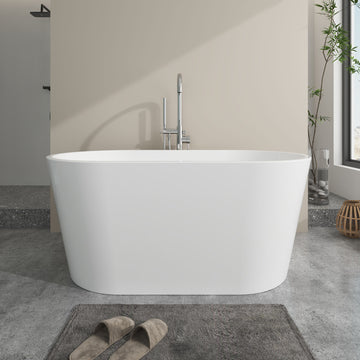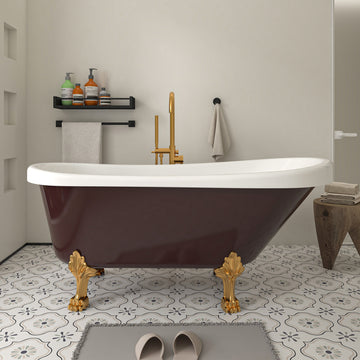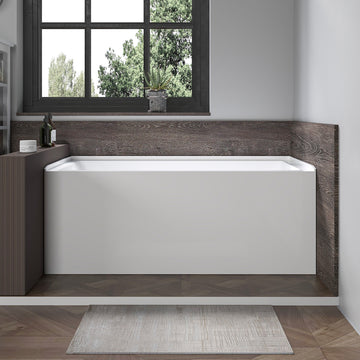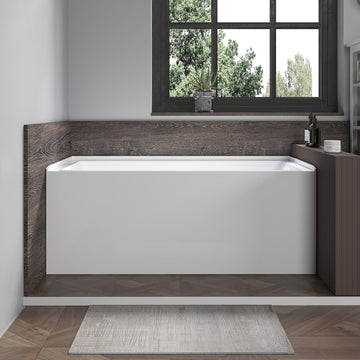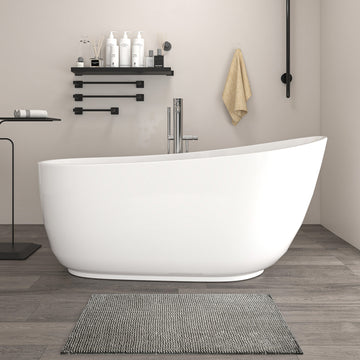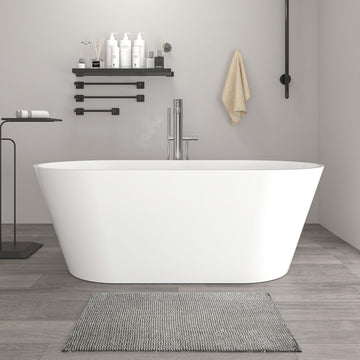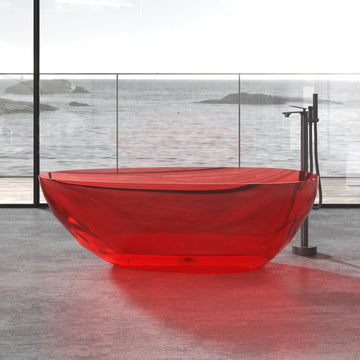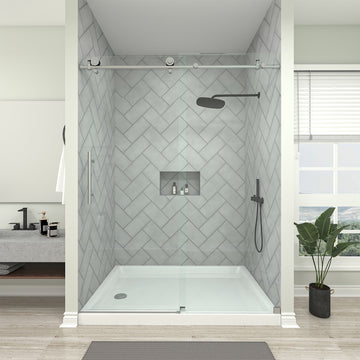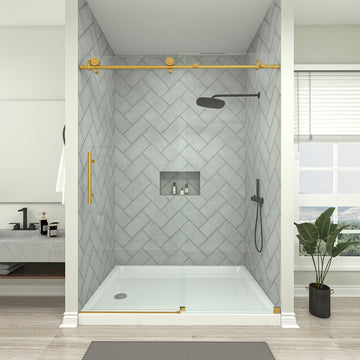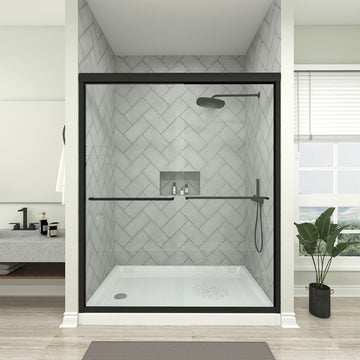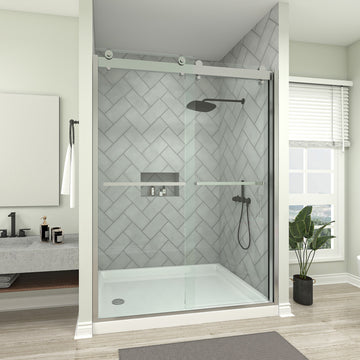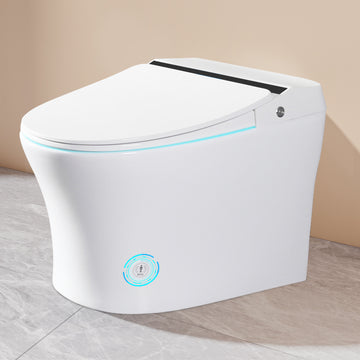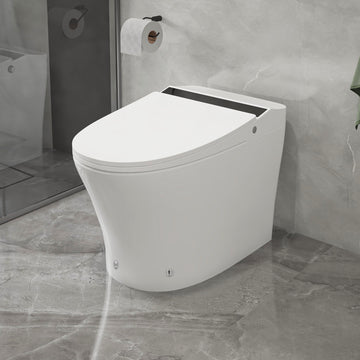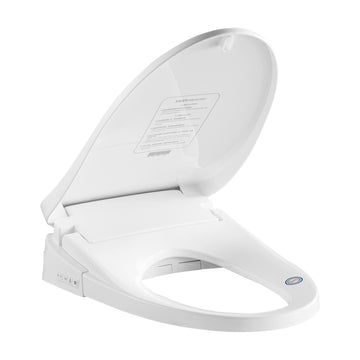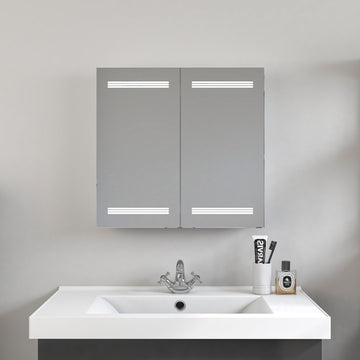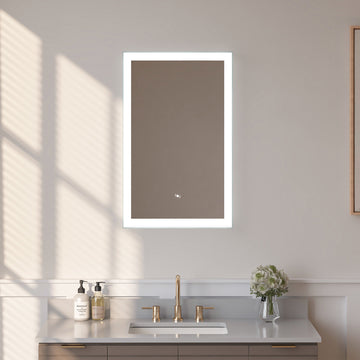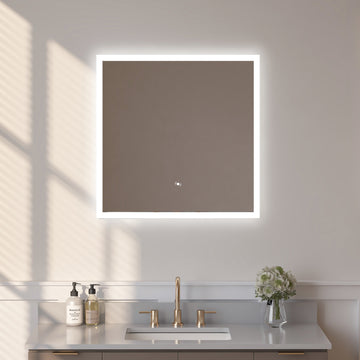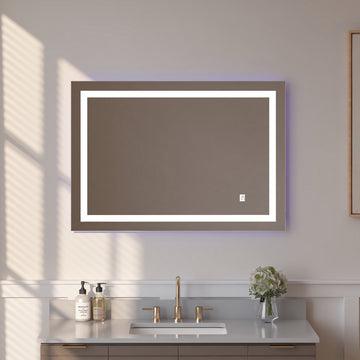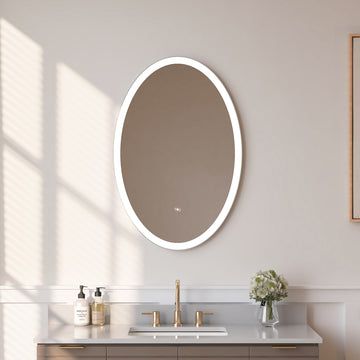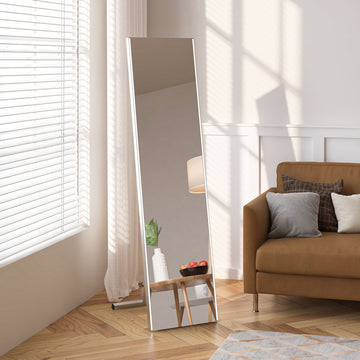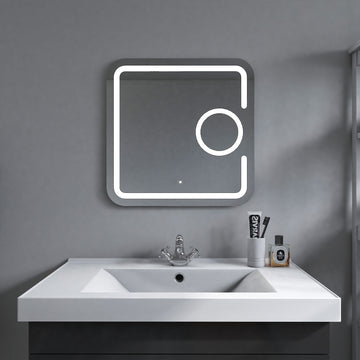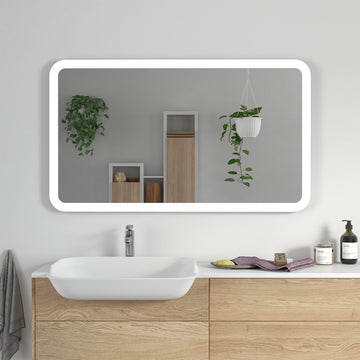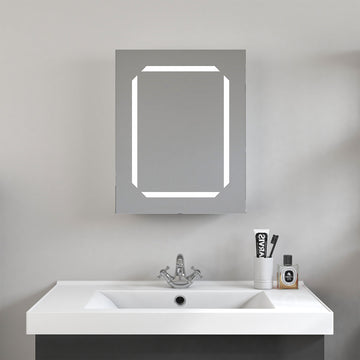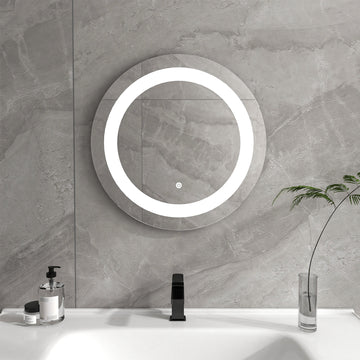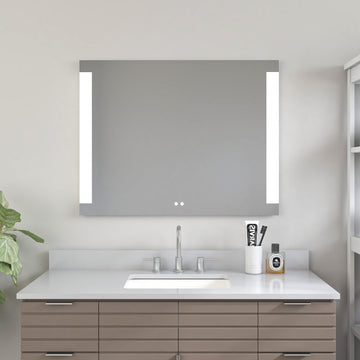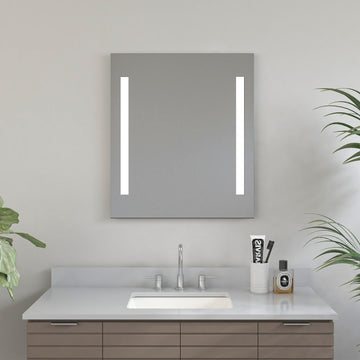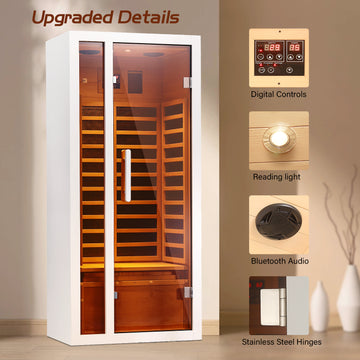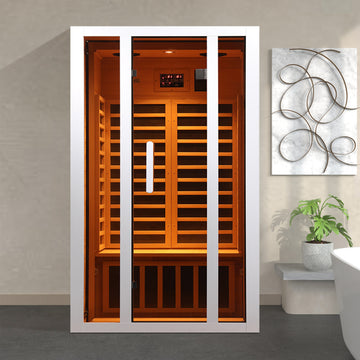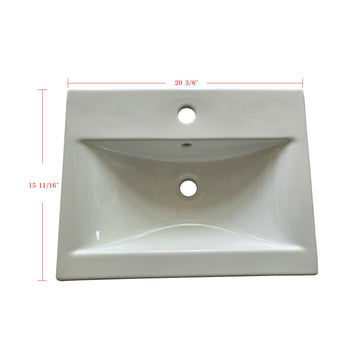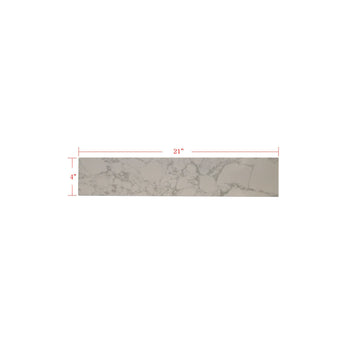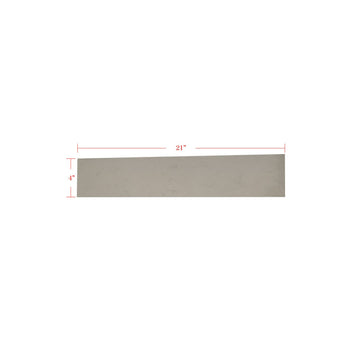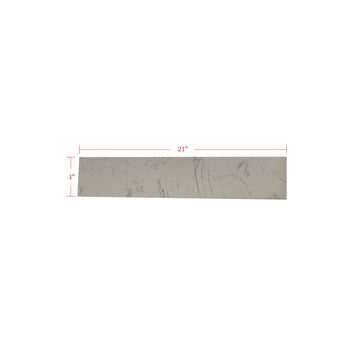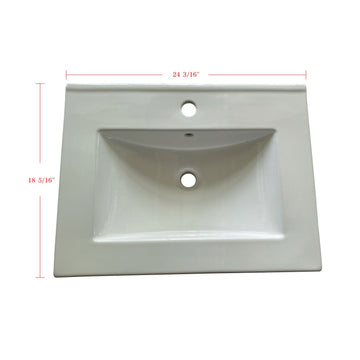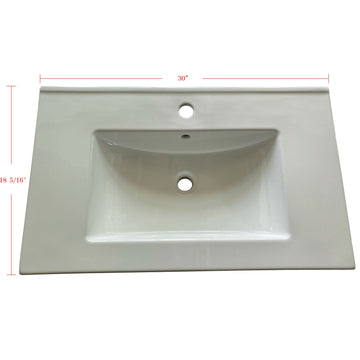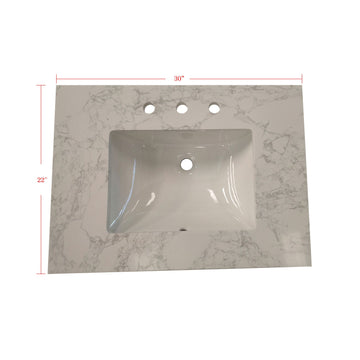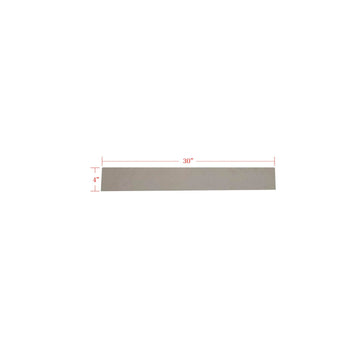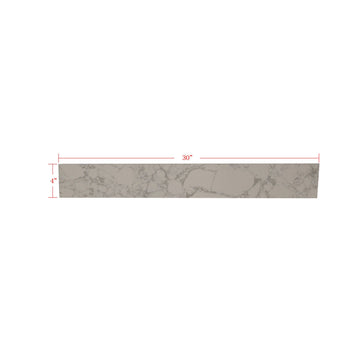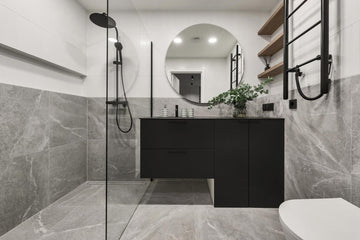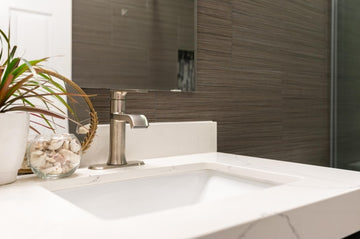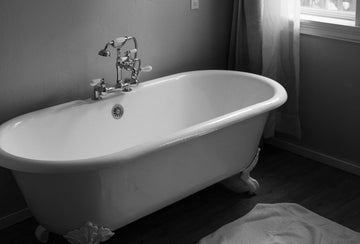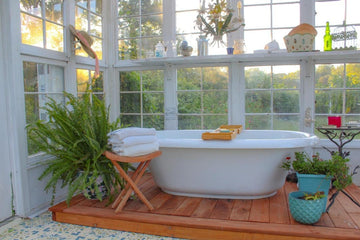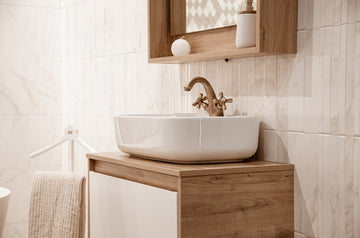The first time I heard the word “garden tub”, the first thing that came to mind was a bathtub surrounded by flowers and vines that you’ll only see in fantasy stories. Like Ewan McGregor’s Big Fish.
But a garden tub is far from that. A traditional garden tub is simply a slender-looking soaking tub that’s extra deep. Unlike standard drop-in tub designs, garden tubs are meant for long, relaxing soaks. Offering a sense of luxury and comfort that feels closer to spa experiences than daily routines.
The key feature and distinguishing factor of a garden tub is the depth. They are much steeper than regular bathtubs. Keep reading to see its pros and cons, and decide whether you need to have one in your bathroom.
What is a garden tub
A garden tub is a freestanding soaking bathtub that is much, much deeper than standard tubs. The original garden tub dates back to 18th- and 19th-century Europe. Where bathtubs were often placed in conservatories or rooms with large windows overlooking gardens, hence the name. These early garden tubs were made from heavy materials like copper or cast iron and were associated with the leisure class. The modern version still carries that association with comfort, space, and a slower pace.
A typical garden tub is wider and deeper than a standard bathtub. While a standard tub might be about 14 to 16 inches deep, a garden tub often starts at 20 inches or more. Many are oval or round in shape and may include high sloped sides for support while reclining. Some have minimal embellishment for a contemporary look; others lean into traditional aesthetics with claw feet, contoured lines, or vintage finishes.
If you're choosing a bathtub based on depth, comfort, and aesthetic flexibility, the garden tub stands apart as a purpose-built vessel for soaking, not just bathing.
Garden tub design features

At its core, a garden tub is defined by its depth. And an intentionally oversized design that prioritizes comfort and aesthetic. These tubs are almost always freestanding, with high walls and smooth curves that invite a long, unhurried soak. Unlike standard bathtubs, which are often confined by wall installation and limited by shower requirements, garden tubs are designed purely for bathing.
Garden tubs are often oval-shaped. But you can find them in the market in rectangular and slipper shapes. The inside of a garden tub may look narrow, but it’s wide enough to allow you to move arms fully. Enough to submerge the body from shoulders to knees. The rim may be gently sloped or flat. With some models offering enough edge space to set a bath tray or accessories.
Garden tubs are often found in primary bathrooms with extra space, as they require room not just for the tub itself but also for free movement around it. Their design leans toward comfort-first, with ergonomically contoured sides, minimal fixtures on the rim, and an absence of built-in storage or shower features.
While all garden tubs are soaking tubs, not all soaking tubs meet the specific scale and visual intent of a garden tub. The garden tub suggests luxury through volume and presence. It’s designed to feel open, immersive, and distinct from utilitarian bathing setups.
Pros and cons of a garden tub
Garden tubs are designed for comfort and visual impact. Their deep, freestanding construction allows for full-body soaking and a more indulgent bathing experience than standard tubs. Unlike alcove or built-in bathtubs, a garden tub doesn’t need to be enclosed by walls. This opens up layout flexibility and gives homeowners a sculptural, standout piece that often defines the look of a bathroom.
However, the spaciousness comes with some drawbacks. Garden tubs being wider take up more room. So they aren’t ideal for smaller bathrooms. Because of their volume, they require more water to fill, which can increase utility bills or strain older plumbing systems. Heating that amount of water may also take longer. And depending on the material, such as cast iron or stone resin, a garden tub may be heavy enough to require structural support beneath the floor.
If you’re designing for comfort and have the space to accommodate it, a garden tub can be a major upgrade. But for homes with tighter bathrooms or high-efficiency needs, it may not be the most practical choice.
Pros
-
Deeper and wider than standard tubs, ideal for soaking
-
Freestanding design allows more placement flexibility
-
If you like the particular aesthetic of a garden tub
-
Easier to clean around all sides
Cons
-
Requires more space than standard tubs
-
Higher water usage
-
May need additional floor support due to weight
-
Longer heating time for large water volume
Corner tubs vs. freestanding garden tubs

Corner and freestanding garden tubs each bring something different to a bathroom. Both in how they look and how they fit into the space.
Corner tubs are tucked into the meeting point of two walls, with a footprint that’s either angled or gently curved. They’re a smart way to use up extra space in a larger bathroom, especially if you want something that feels built-in. Most of the time, they’re set into a raised platform or deck, which can be handy for keeping soap, candles, or decor nearby. This design also works well with tile or wall-mounted fixtures. The tradeoff? You lose a bit of that open, sculptural feel. A corner tub is more enclosed by nature.
Freestanding garden tubs take the opposite approach. They sit on their own, away from the walls. Sometimes on a base, sometimes on feet. And they become more of a centerpiece than a built-in feature. These are the deep, elegant tubs that often come to mind when people think of long soaks and spa-like vibes. They need more open floor space, though, and installing them may involve extra plumbing work since the pipes often have to come through the floor.
In the end, the better choice depends on your space and the feel you’re going for. Corner tubs work well when you're shaping around a room’s architecture or want integrated storage. Freestanding tubs shine when the goal is drama, openness, and a bit of luxury.
What to consider when purchasing a garden tub
We’ve detailed the advantages and disadvantages of a garden tub in previous sections, but there is more to know before you make a decision to purchase one.
These tubs are defined by their generous size and deep soak, but to make sure the one you pick actually works for your space and needs, there are several factors to weigh.
Bathroom space and layout come first. Garden tubs take up more room than standard bathtubs. It’s not just in length and width, but also in height and clearance. If you're eyeing a freestanding model, ensure there’s enough room on all sides for both access and cleaning. If you're considering a corner tub, verify that the layout won’t make the room feel cramped or block other fixtures.
Tub dimensions and depth should match both your body and your preferences. Garden tubs are made for soaking, so deeper options can be more relaxing. But only if they’re comfortable to step into and out of. A tub that’s too tall for your mobility or your bathroom configuration may become inconvenient.
Material affects not just the look and feel but also heat retention, weight, and price. Acrylic is lighter and retains heat well, making it ideal for upstairs bathrooms or where structural support is a concern. Cast iron or stone resin adds weight and luxury, but may need reinforced flooring and additional installation planning.
Plumbing compatibility should never be an afterthought. Freestanding tubs usually require floor-mounted faucets or standpipes, while corner tubs may use wall-mounted or deck-mounted fixtures. Make sure your bathroom’s plumbing setup aligns with your preferred tub style, or be ready for a more involved renovation.
Desired features can turn a standard soak into a spa experience. Some garden tubs come with built-in air or water jets, ergonomic contours, or integrated headrests. Others can be paired with accessories like wooden trays, floor caddies, or custom faucets for a more complete setup. Knowing what you want up front helps narrow your search and avoid retrofitting later.
Lastly, consider maintenance and durability. Smooth finishes like acrylic are easy to clean, while textured materials or tubs with jets may require more upkeep. Think long-term about what level of maintenance you're comfortable with.
Finding the right garden tub means balancing practicality with indulgence. Take accurate measurements, consider your daily habits, and aim for something that fits into your bathroom without compromising comfort or function.
Garden tub accessories

While the tub itself is the centerpiece, the right accessories can elevate the entire bathing experience: from pure function to spa-level luxury. Garden tubs, with their deep basins and roomy design, offer more flexibility when it comes to accessorizing. Whether you're focused on comfort, convenience, or aesthetics, here are a few common additions to consider.
Garden tub with jets
Some garden tubs come equipped with built-in air or water jets, turning an ordinary soak into a therapeutic session. These tubs often require access to power and more complex installation, but for those who enjoy muscle relief or a bit of hydrotherapy, it’s a worthwhile upgrade. Just keep in mind that jet systems often require more regular cleaning and maintenance.
Garden tub tray
A bathtub tray, also called a caddy, spans across the rim of the tub and gives you a stable spot for candles, a book, a tablet, or even a glass of wine. Since garden tubs are typically wider than standard models, be sure to choose a tray that fits properly or is adjustable. Materials like bamboo and stainless steel are common for their resistance to water damage.
Faucets for garden tubs
Freestanding garden tubs generally pair with floor-mounted faucets. Especially if they aren’t placed against a wall. These can include hand showers or thermostatic controls for added convenience. Deck-mounted options like a roman tub faucet are more typical for corner tubs or built-in models. Whichever you choose, look for solid brass construction or corrosion-resistant finishes for long-term durability.
Shower heads
While not all garden tubs are paired with a shower, some homeowners opt to include a wall-mounted or ceiling-mounted rain shower above the tub for flexibility. If you want both a soaking and showering option, make sure the tub’s location and your plumbing can accommodate the addition.
Pillows, handles, and other add-ons
Simple accessories like non-slip bath pillows, grab bars, or built-in shelves can also make your garden tub more comfortable and safe. These extras may seem small, but they contribute a lot to your overall experience. Especially for longer soaks.
Accessorizing your garden tub isn’t just about luxury; it’s about making the tub more usable and tailored to your routine. From trays to jets, think about how you like to unwind and what tools will make that easier.
Bringing a garden tub into your space
Maybe it’s the comfort, maybe it’s the look, there’s just something about a garden tub that works. It offers the kind of deep soak that turns a regular bath into a small ritual, without losing sight of practicality. These tubs started out as luxury features in upscale homes, but today, they’ve found their place in all kinds of bathrooms, from modern to classic, always leaning into comfort.
Thinking about redoing your bathroom, or just daydreaming a little? Take a look at our selection of bathtubs and accessories. From minimalist freestanding tubs to jetted options and thoughtfully designed fixtures, we’ve pulled together pieces that can make your space feel a little more like your own.
